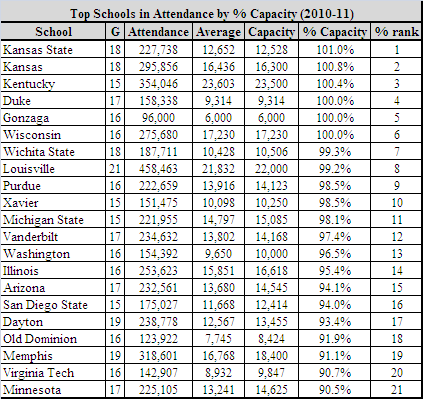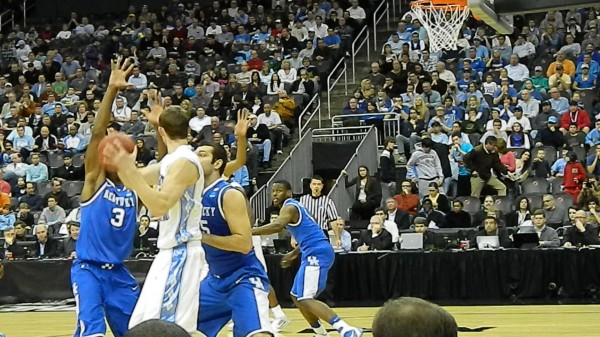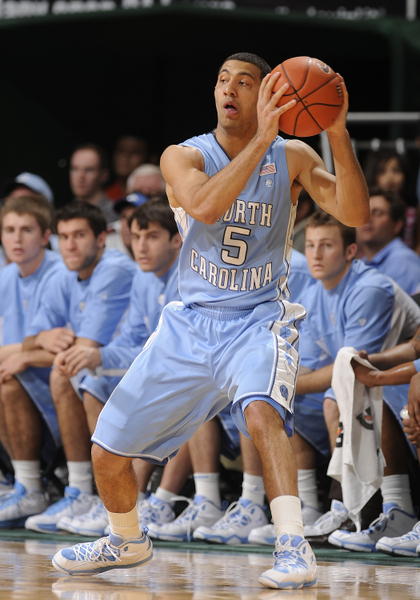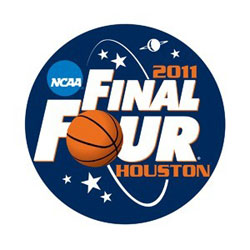Posted by rtmsf on May 12th, 2011
Much of the talk last week about Gary Williams’ replacement centered on the relative attractiveness of the Maryland basketball head coaching position. It was interesting to see where people fell on this. Some folks viewed the job as a borderline top ten slot, citing its rabid fan base, its top-tier facilities, its conference affiliation and its location in a recruiting hotbed as evidence supporting that contention. Others suggested that the position was really more in line with a top 25 ranking, a place where fans have unreasonable expectations and league affiliation (read: Duke and UNC) actually hinder the program’s status more than it helps. It’s an interesting debate, and it got us thinking about how we would rank the top twenty or so jobs in college basketball as of today.
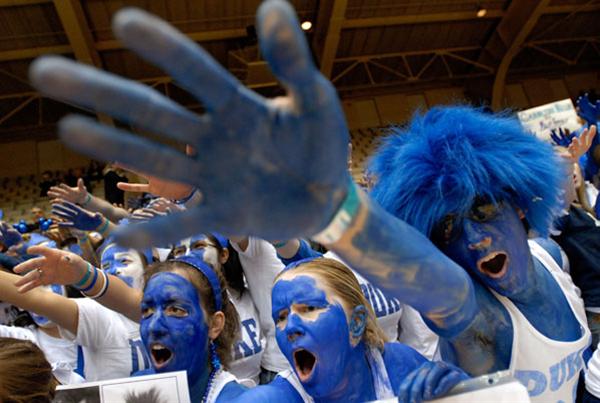
It Says Here That Duke is the Top Job in College Basketball
After thinking about it for a few days, we broke the twenty out into five groupings, as shown below. We view the jobs within each grouping as roughly equal to each other, using the inexact criteria that coaches would be unlikely to jump ship within a grouping, but would be heavily enticed to do so in a grouping above theirs. Note the word, “inexact.” Each individual has different motivations and will make professional decisions on criteria distinct and separate from ours (e.g., Billy Donovan turning down Kentucky twice, and Jay Wright/Jamie Dixon turning down Maryland). But this analysis doesn’t take the current coach into consideration; this is meant to be an examination of the attractiveness of the job itself. Feel free to tell us how stupid we are in the comments below.
Coaching Pinnacles
These five positions are destination jobs that guarantee big paychecks, huge followings, and, unless an elite NBA job comes calling, an expectation of long-term stability. They represent all but one of the top six programs of all-time, and the daily pressure on each of these fellows to succeed at the highest level is among the most excruciating in collegiate sports.
1. Duke. Possesses unbelievable facilities with a national brand synonymous with long-term, sustained success. Every college coach in America would give this job a glance if offered.
2. Kentucky. The only reason UK isn’t #1 is because dealing with the expectations of the always-rabid/sometimes-insane fanbase turns some coaches off on the job. Otherwise, everything you need to succeed is in place.
3. North Carolina. Only slightly less rabid of a fanbase than UK, but equally remarkable in resources, national support and pedigree. The only negative is a prevailing sense of the coach having to be a Carolina “insider” to succeed there.
4. Kansas. Certainly few complaints here, buf it the top four jobs were available in the same year and three elite coaches were in the running, KU would be the odd school out of that musical chairs equation.
5. UCLA. Sigh… this job is still elite regardless of a juxtaposed fan base that on one hand is apathetic while on the other expecting Final Four and national championship banners every year.
The Football Schools of Eternal Comfort
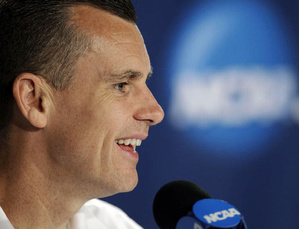
Don't Worry, Be Happy...
These three jobs are roughly interchangeable. They represent most of the amenities and professional respect of the above five positions with approximately 1% of the same pressure to perform. Their coaches make massive amounts of money, have great facilities and enjoy fertile recruiting bases, but basketball remains a distant second banana on these three campuses and is unlikely to change soon. So long as their teams don’t completely tank, they have better job security than just about anyone.
6. Ohio State. OSU moves ahead of the other two in this grouping because the fans are generally more supportive of its program than at UT or UF and everything else — resources, recruiting, etc. — is pretty much a wash.
7. Texas. Retirement job. The pipeline of talent is such that the Texas coach can win 20-25 games every year in perpetuity with an occasional NCAA run and the vast majority of UT fans will be satisfied, even happy, with their program’s success.
8. Florida. Why take a Kentucky job with ridiculous levels of expectation and pressure on an annual basis when you can coast with good teams year after year after year after year at Florida? The theme among all of the schools in this grouping is long-term comfort without constant pressure to win a national title.
The Third Tier of Hope & Optimism
Read the rest of this entry »
| rtc analysis
| Tagged: arizona, coaching positions, connecticut, duke, florida, georgetown, gonzaga, indiana, kansas, kentucky, louisville, maryland, memphis, michigan st, ohio st, purdue, syracuse, texas, ucla, unc, villanova
Share this story
































